John Woodley was one of Australasia’s most talented road racers who had the attitude and professionalism to go all the way. If not for a string of inopportune machine failures and a pre-European season crash, the Kiwi may well have been on his way to a works contract, instead of on his way home.
His name became synonymous with Suzuki RG500s during the 1970s, although he started out racing in 1971 on a Honda CB750 and put in some stirring rides against top-shelf Production racers John Boote and Owen Galbraith on faster Kawasaki H2 750s.
Woodley’s exploits on the heavy CB750 earned him a huge reputation after his unofficial 2h35min Christchurch-to-Blenheim, NZ, road record.
A brief stint on a Kawasaki H2 was followed by a drum-braked TZ350A. Woodley immediately did well by winning the 1973 Hawkesbury feature race, an early sign of a rising star.
As the TZ530A spares kit ran low, mechanical failures became more common. But this didn’t deter him from winning the 1974/75 New Zealand 350cc racing title. He finished one point ahead of Trevor Discombe, with Ginger Molloy in third. Woodley also placed second in the 500cc championship to Steve Dundon.
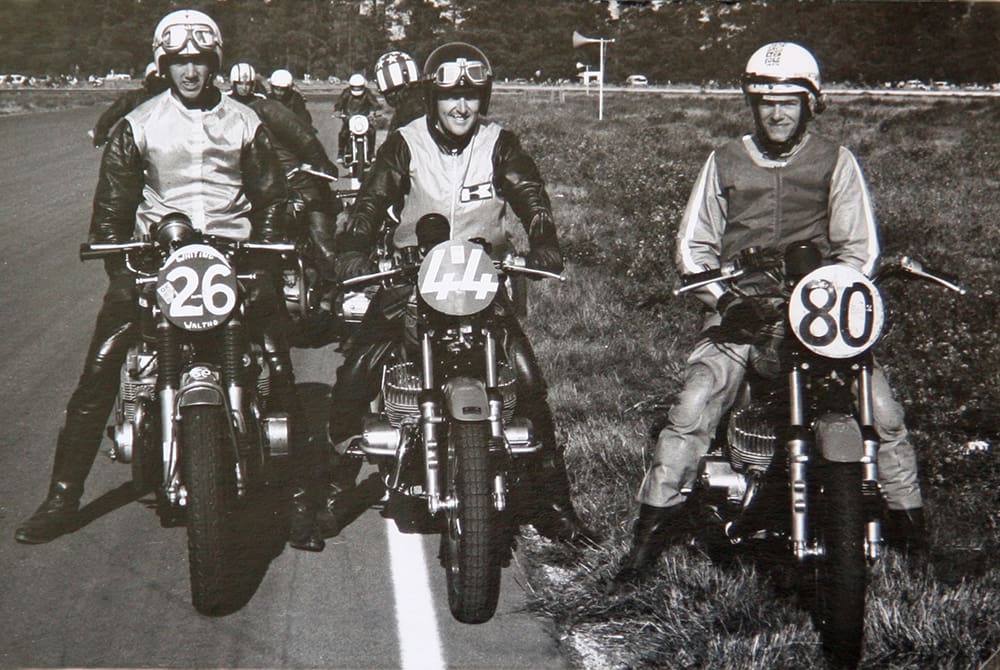
After his second season with the now ageing TZ350A, Woodley traded it in for Dundon’s 1974 Suzuki TR500 MkII. American Pat Hennen had used this machine and a TR750 to win the ’74 and
’75 Marlboro Series.
The Blenheim rider won the opening 500cc New Zealand championship race on the tight Onekawa street circuit, in Napier. Rival and friend Stu Avant, then 20, led the entire race until Woodley drew level crossing the finish line – stealing victory by millimetres. He also won the Open GP heat from Avant and Keith Turner to complete the podium.
“When Nod looked after my TR500 Suzuki in 1975 we had 25 wins from 27 starts in both 500cc and Open class events on that TR500,” Woodley recalls.
“Not the international meets – basically all the others like Timaru, Ruapuna, Levin, Onekawa, and Pukekohe for the Geoff Perry Memorial.”
A huge Woodley-versus-Avant dice captivated the 4000-strong crowd at Onekawa during the opening round of the 1975/76 New Zealand Championship at Napier. Their TR500s were never more than a bike length apart during the Senior GP race, where Woodley sensationally snatched victory as they crossed the line almost side by side.
Irony became the order of the day at Pukekohe, when Woodley won the Geoff Perry Memorial Trophy on the ex-Geoff Perry TR500. He rode another ex-Geoff Perry machine to victory in the Castrol Classic on a TR750 triple and the TR500 was replaced by a Suzuki RG500 MkI.
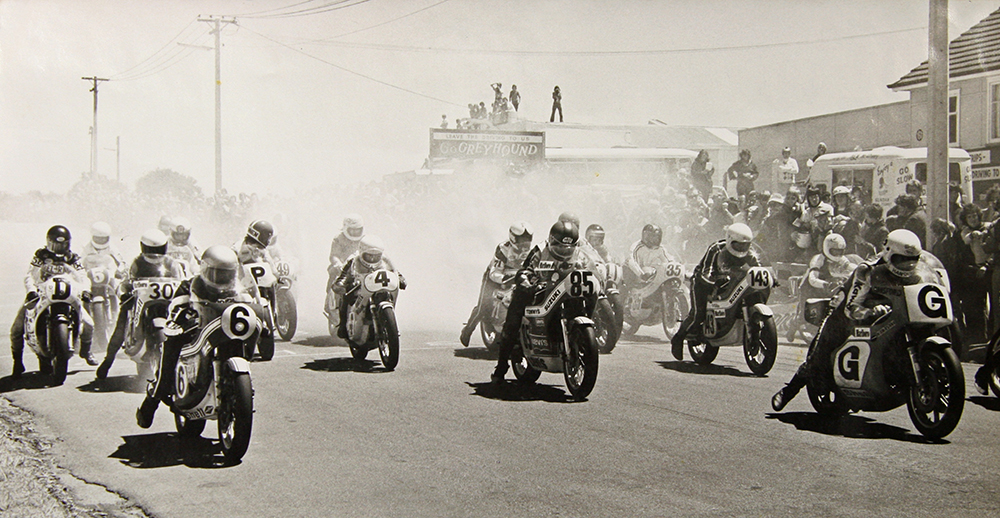
“I had a sponsor who paid $4000, one mate put in $2000, another mate put in $1000, and I paid $1000,” Woodley says.
Easter 1976 was Woodley’s introduction to Bathurst, where he won the 500cc race by a good margin at his first attempt. The 26-year-old was also fourth in the Unlimited race, and later finished third in the Rothmans F750 series at Oran Park. He followed that up by taking victory at the Selangor Grand Prix.
With identical first and second places, and no DNFs, Woodley ended a torrid 1976/77 New Zealand season tied on points with Avant for theNew Zealand 500cc title.
Back in Australia, Gentleman John – a nickname bestowed on Woodley for helping out his fellow competitors – took the Senior Grand Prix 500cc victory during his second Bathurst event, held over Easter 1977 in bitterly cold conditions.
Frame builder Steve Roberts had modified Woodley’s RG500 MkII to a Yamaha-like monoshock rear suspension set-up, and it paid dividends. However, a failed main bearing put him out of the Unlimited race. It was won by factory Yamaha OW31 rider Ikujiro Takai. Shortly after, Woodley took another 500cc win at Oran Park after a tight battle with Greg Johnson and Jeff Sayle during round two of the Australian championship.
John then headed to Europe with support from Coleman Suzuki and the Picton Top Spot Restaurant with a new RG500 MkII. Dennis Ireland helped him get established in the UK, where the Kiwi pair
shared a transit van and a tent, which doubled as a mobile workshop.
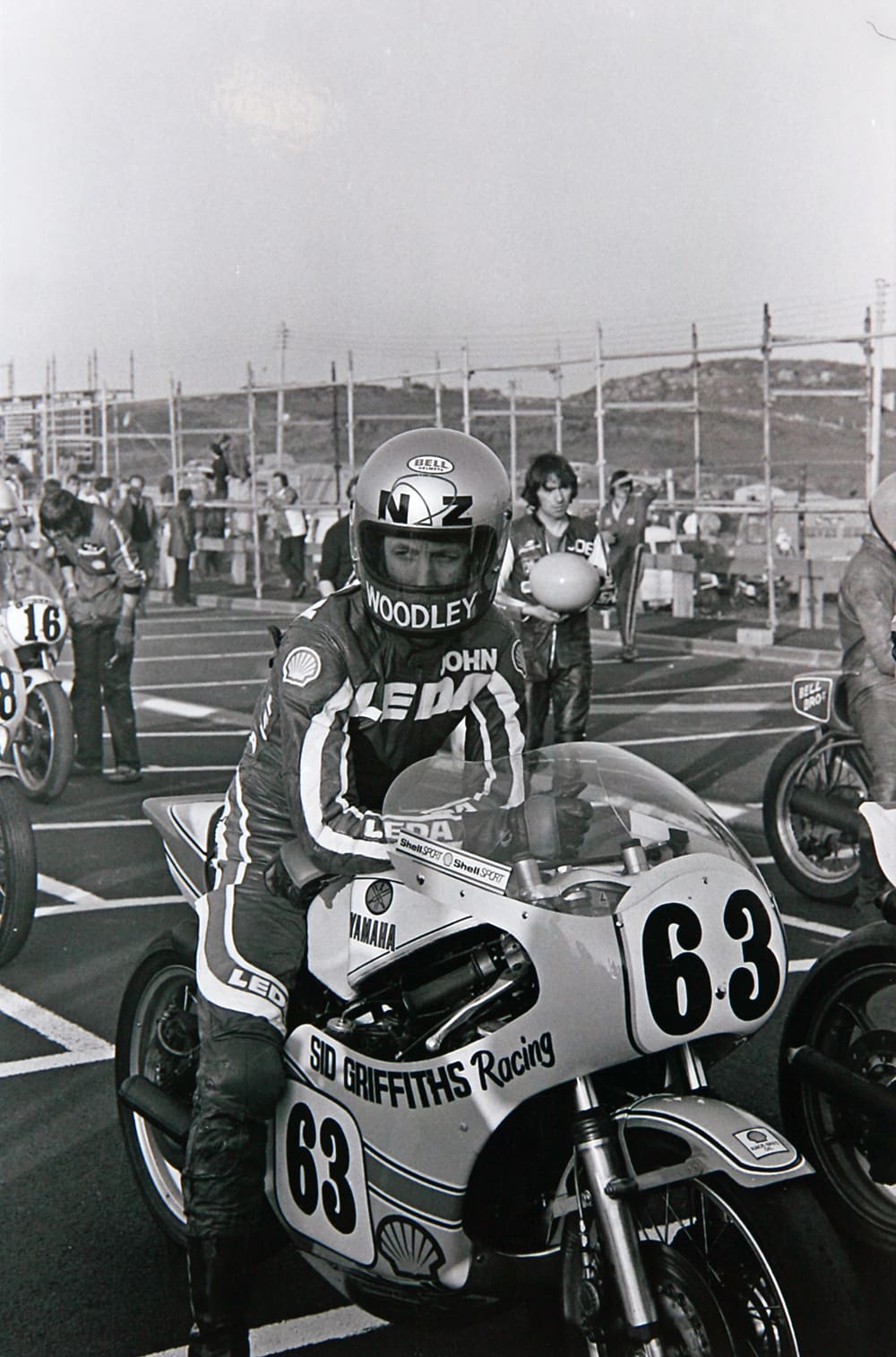
Their first race was the ultra-fast North West 200, however a series of engine seizures became the norm. Despite little practice, Woodley worked his way past Steve Parrish and was about to pass race leader John Williams when his RG500 nipped up again. Against the odds, Woodley set a new lap record: 1.2 seconds faster than Williams’ old record.
The Kiwi trio of Stu Avant, Ireland and Woodley headed for Circuit Paul Ricard, where Woodley was happy to finish 14th in his Grand Prix debut.
Woodley then played a part in what turned out to become the fastest-ever grand prix in history – when World Champion Barry Sheene lapped the gruelling Spa-Francorchamps road circuit at 220.721km/h. Sheene won from Steve Baker and Pat Hennen.
Posting a fifth in the 500cc race at Chimay, Belgium, a welcome return to form propelled Woodley to fifth place in the prestigious Shell Sport 500 event at the Race of Aces meeting at Snetterton. Racing handlebar-to-handlebar with factory Suzuki riders Pat Hennen and Steve Parrish, Woodley led the race five times.
Then, by the end of the opening lap of the 1977 British Grand Prix, Wil Hartog lead from Williams, Hennen, Parrish and Woodley. Hennen won, but Woodley didn’t finish due to a small-end bearing failure while holding sixth, with six laps remaining.
At the end of the 1977 season and on top of the world, the Kiwi privateer held lap records at 10 circuits around the globe.
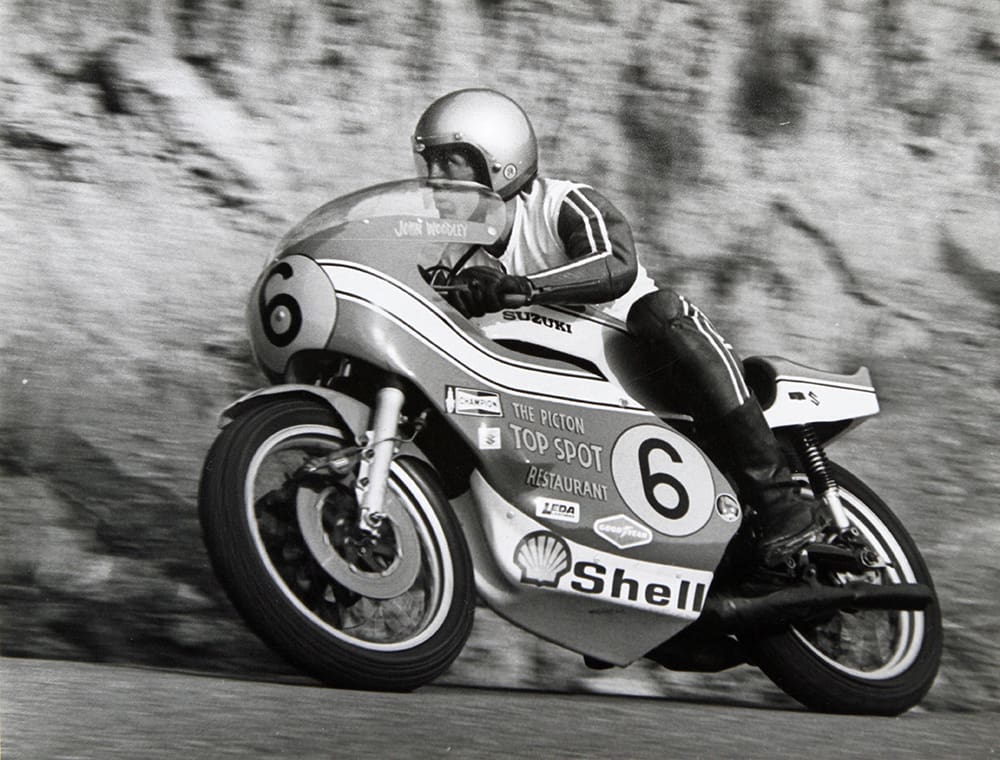
Aged 28, Woodley didn’t compete at Bathurst in 1978, but won the Penang GP that year.
Back in Europe, 1978 had the potential to be Woodley’s best season ever with backing from prominent UK sponsor Sid Griffiths Racing, who supported Avant the previous year. Woodley was provided with a van for transportation and a caravan for accommodation, along with an ex-Warren Willing TZ750. Malaysian importer Guan Hoe Suzuki also provided the latest RG500 MkIII.
“With the world at my feet, during the first international meeting of the season at Oulton Park, I ripped off down the hill in the 500 race and locked the front and fell off in front of everybody,” Woodley recalls. “I was second or third, then the season just went from bad to worse.”
Woodley competed at the legendary Isle of Man in 1978, bagging ninth in the Senior TT (RG500), and was running sixth in the Classic TT until his TZ750’s engine seized. His dream year didn’t work out, even though he tried his hardest. As a small consolation, on the way home he bagged second in the Selangor Grand Prix, setting a new lap record along the way.
Back in New Zealand, Rod and Marama Taylor provided Woodley with a TZ250 and a TZ350 for the New Zealand season. Riding a Guan Hoe RG500 MkIII during his final Hawkesbury appearance, Woodley duelled with Rodger Freeth in the 1978 feature race – while changing gear with his hands. Then, leading, 200m from the finish line, a conrod broke.
“I broke the gear lever on the first lap and I changed gear by hand for the rest of the race,” he recalls. “After it broke I coasted over for second.”
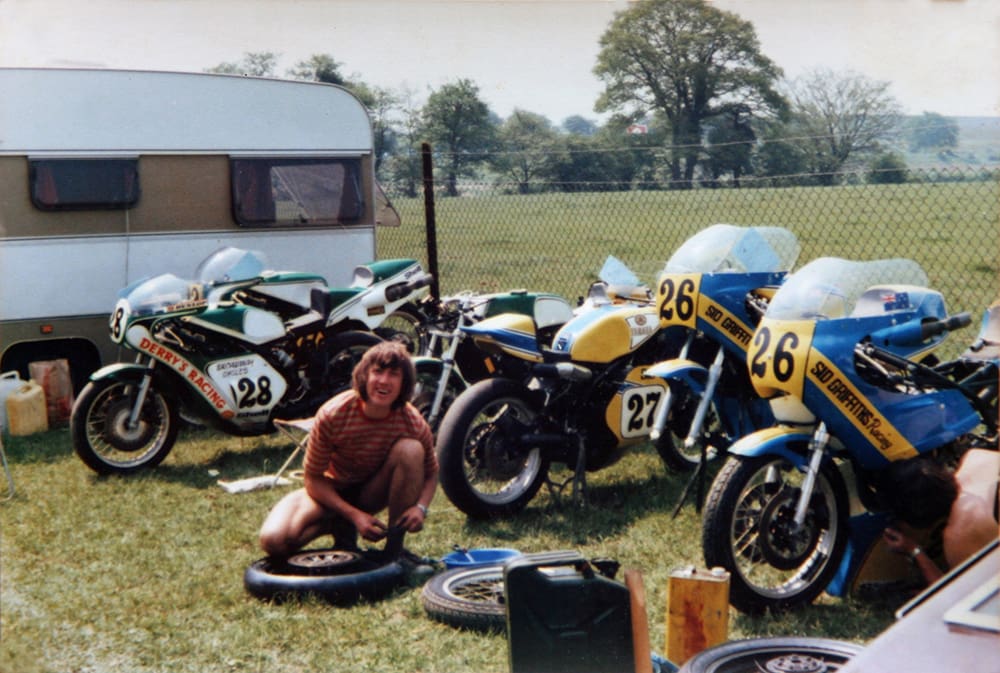
With fingers bleeding from having to change gears with his hand, Woodley still became the first rider to lap Hawkesbury at more than 160km/h.
Woodley picked up three more New Zealand titles in the ’78 and ’79 summer season.
Racing a Team Hunter Suzuki RG500 at Bathurst in 1979, Woodley had a colossal fight during the Unlimited GP with Graeme Crosby (KR750) and Ron Boulden (TZ750E) in one of the greatest races of all time at the mountain.
After all three swapped paint the entire race, Woodley lead the final lap heading onto Conrod Straight on his slower Suzuki. However, Boulden’s 10km/h faster TZ750E flew past Crosby and Woodley to take the win. Woodley was third, with worn-out brake pads working on the metal. All three received a standing ovation from the crowd, and it was John Woodley who set the fastest lap of 2m15.6s.
“The RG500 was fantastic – an absolute rocket,” Woodley recalls. “That was when I was riding at my absolute peak.
“By the time I was on my way back to Europe I was on fire. But when I got to Penang I fell off in a preliminary race and broke my wrist in eight places after hitting a cast iron fire hydrant!

“I had starts in every world championship grand prix by then. We’d had two years to get the credentials and all the organisers had agreed to give me a start. But I couldn’t take them up.
“The prize money of that race was only 250 Malaysian dollars, so I shouldn’t have even been in it.”
He was forced out for 14 weeks, ruining any chance of a good European showing at the peak of his career.
Woodley recovered to take out the 1979 Selangor GP and close out the grand prix year with a ninth position in the final-round French GP. And after a frustrating year he placed ninth overall in the Australian Swann Series, on a new Suzuki RG500 MkV.
John’s 1979/80 New Zealand season battles with Avant, Rodger Freeth (RG500s), Trevor Discombe (TZ750E), and Dave Hiscock on a TZ350 became legendary that summer, with Woodley winning several tight battles, including the New Zealand Open TT.
Gentleman John made his fourth European visit, racing the latest RG500 and a TZ250. Good results came, however the usual reliability issues struck at the worst times, including a big international race at Snetterton, which Dennis Ireland won.
Woodley delivered better results at some international meetings, but not the GP events.
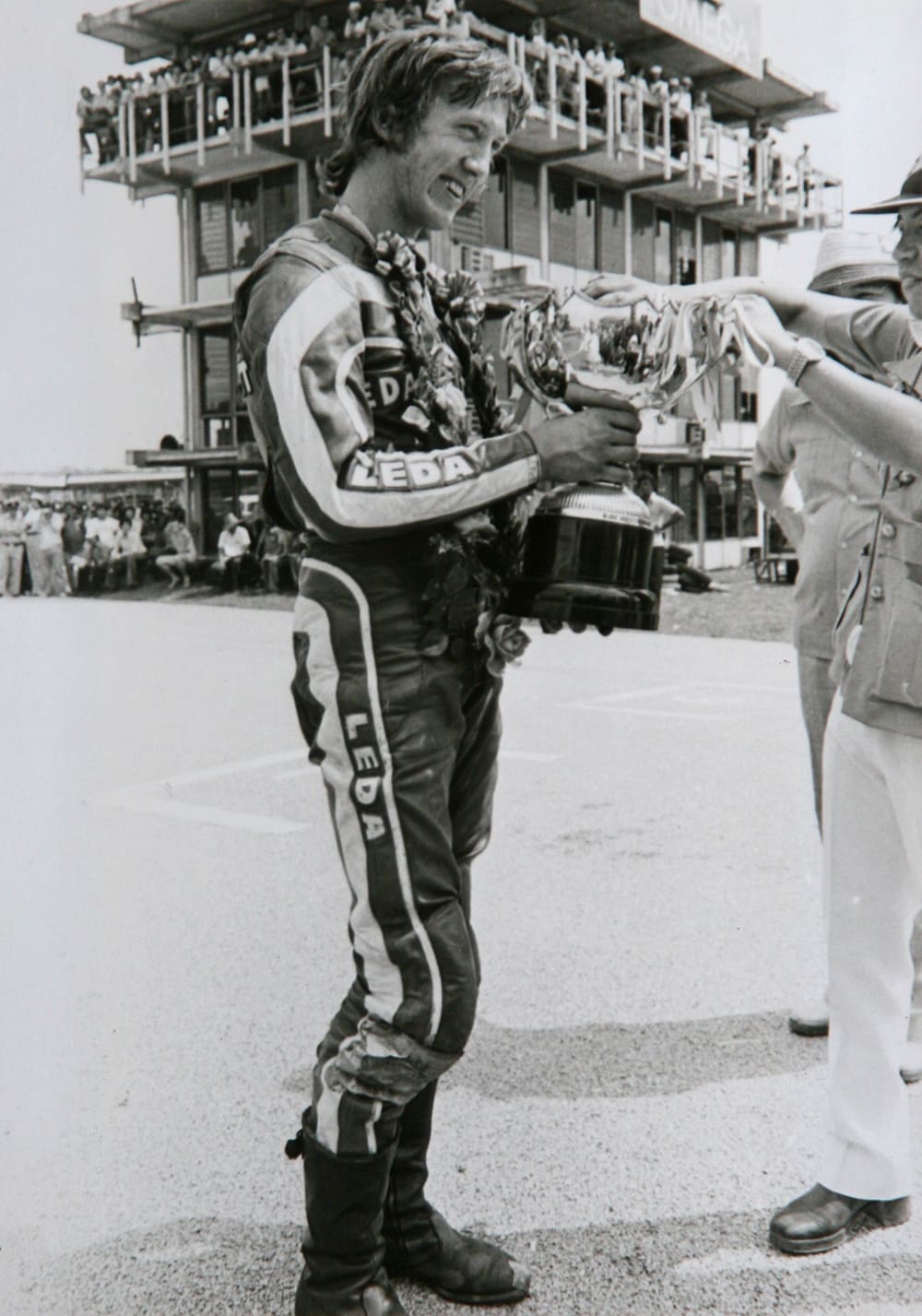
“I got a couple of fifths in the Belgian Grand Prix, and a few thirds at the Ulster GP, in 1977, ’78 and ’79,” he recalls.
But these were non-world championship meetings. He did however win the 1980 Penang Grand Prix.
Misfortune then struck after clipping a curb and breaking his knee in Czechoslovakia. But the writing was already on the wall for the 31-year-old after five seasons in Europe. Then a hernia operation kept him away from most of the 1980/81 New Zealand championship events. Woodley raced the latest Suzuki RG500 MkVI at the Penang GP, but crashed and badly gashed his knee. Woodley then decided to pack up and sell all his gear. Guan Hoe Suzuki had pulled out and he had struggled to gets starts in Europe.
Woodley explains: “I was burned out to the stage where I wasn’t interested in racing anymore. In Europe it was go, go, go – and as soon as the season was finished I’d pack up and come down here. My enthusiasm for racing dropped right away and I didn’t go to a motorbike race for a long time.”
Today, John Woodley provides silviculture services to the forest industry, via Farm Forestry Services, from his property in Taggerty, Victoria.
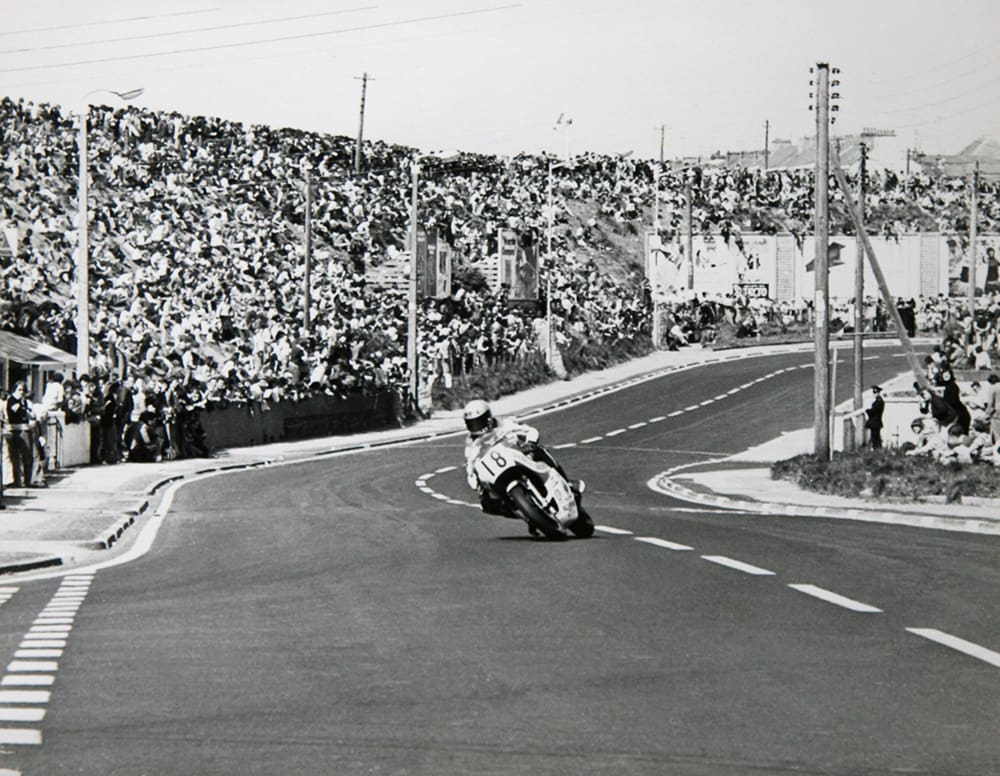
Words Terry Stevenson Photography John Woodley collection
& Norm Whyte & Richard Wotton & Terry Stevenson











